Carolyn Rose, Director of Research and Strategy at Insight Product Development, will be presenting at the annual Global Food Safety Conference on Thursday, February 27th, 2014. The presentation, in collaboration with Sealed Air, Diversey Care, will be part of the Breakfast session, “Understanding and changing food safety practices”.
Cayrolyn was asked to write this brief article on the presentation, which was featured the GFSI February 2014 newsletter.
The value of applied Ethnography in Food Safety
 Ethnography, a qualitative research method consisting of observation and interviews within a naturally occurring environment, has become increasingly prevalent in applications outside of anthropology (within which it was originally derived). More recently, ethnography has been applied to fields including healthcare, education, and CPG, to name a few, whereupon the method is leveraged to understand behaviors, interactions, and routines of particular user/consumer typologies to develop new products, services, and systems that better deliver on organizational goals. How then might this method be leveraged for improving food safety practices in the organization?
Ethnography, a qualitative research method consisting of observation and interviews within a naturally occurring environment, has become increasingly prevalent in applications outside of anthropology (within which it was originally derived). More recently, ethnography has been applied to fields including healthcare, education, and CPG, to name a few, whereupon the method is leveraged to understand behaviors, interactions, and routines of particular user/consumer typologies to develop new products, services, and systems that better deliver on organizational goals. How then might this method be leveraged for improving food safety practices in the organization?
Generally speaking, the core derivative of applied ethnography is a true, unbiased understanding of the current state. By immersing ourselves within the context of use to absorb, rather than influence, everyday activities, we gain an in-depth account of actual behaviors and interactions. (Of course, it’s important that applied ethnography be executed properly to avoid any skewing of natural behavior, however it’s also true that routines are difficult to stray from.) Coupled with contextual inquiry, we can layer this observational data with learned user needs, goals, and drivers – the “why’s” behind observed behaviors – in order to gain a holistic understanding of current practices.
So what value might applied ethnography bring to food safety? An unbiased understanding of current food safety practices would unveil the extent to which best practices and protocols are being employed. A comprehensive look at employee processes, tasks, and interactions might also provide a benchmark for future evaluation, leveraged to track changes and demonstrate progress (in terms of time spent, through-put, end-result, etc.). Additionally, applied ethnography would identify existing challenges, deviations, and work-arounds within the process – all good indicators of opportunities for improvement. Finally, applied ethnography would uncover the rationale behind such behaviors, which would allow us to better understand employee needs, motivations, and goals, and how we might better enable them to be achieved.
Collectively, this information can be leveraged to optimize food safety practices. Specifically, such data can be used to drive new and/ or modified workflows, techniques, tools, training protocols/ materials, and workspaces – all key components of food safety. As such, applied ethnography can be an effective tool for the food safety industry, providing a data-driven means to optimize efficiencies, improve quality/ consistency, and increase employee satisfaction and engagement.
Download a PDF of the full newsletter.
To learn more about the event, visit the Global Food Safety Conference site.
To learn more about Insight’s research methods, please contact us.

